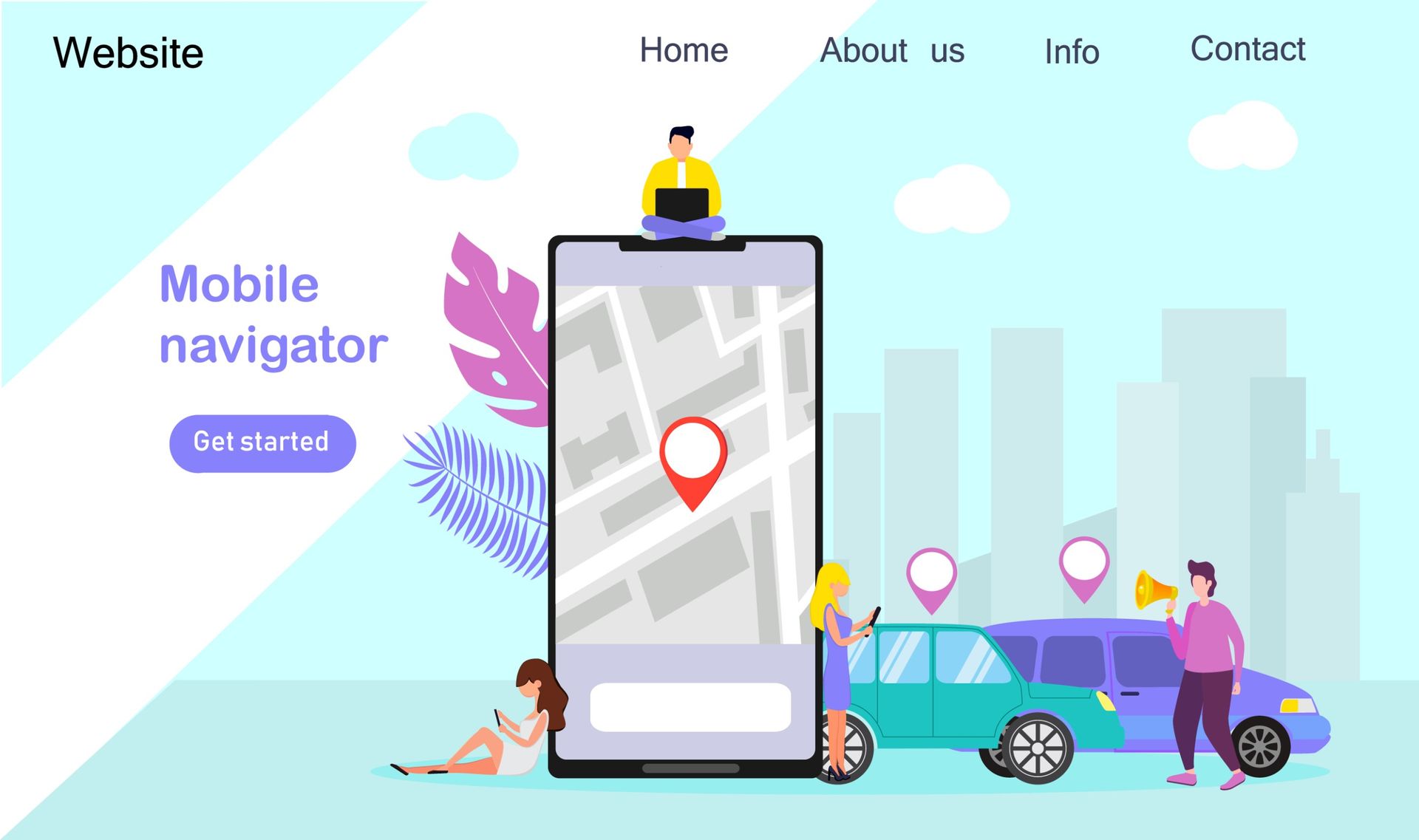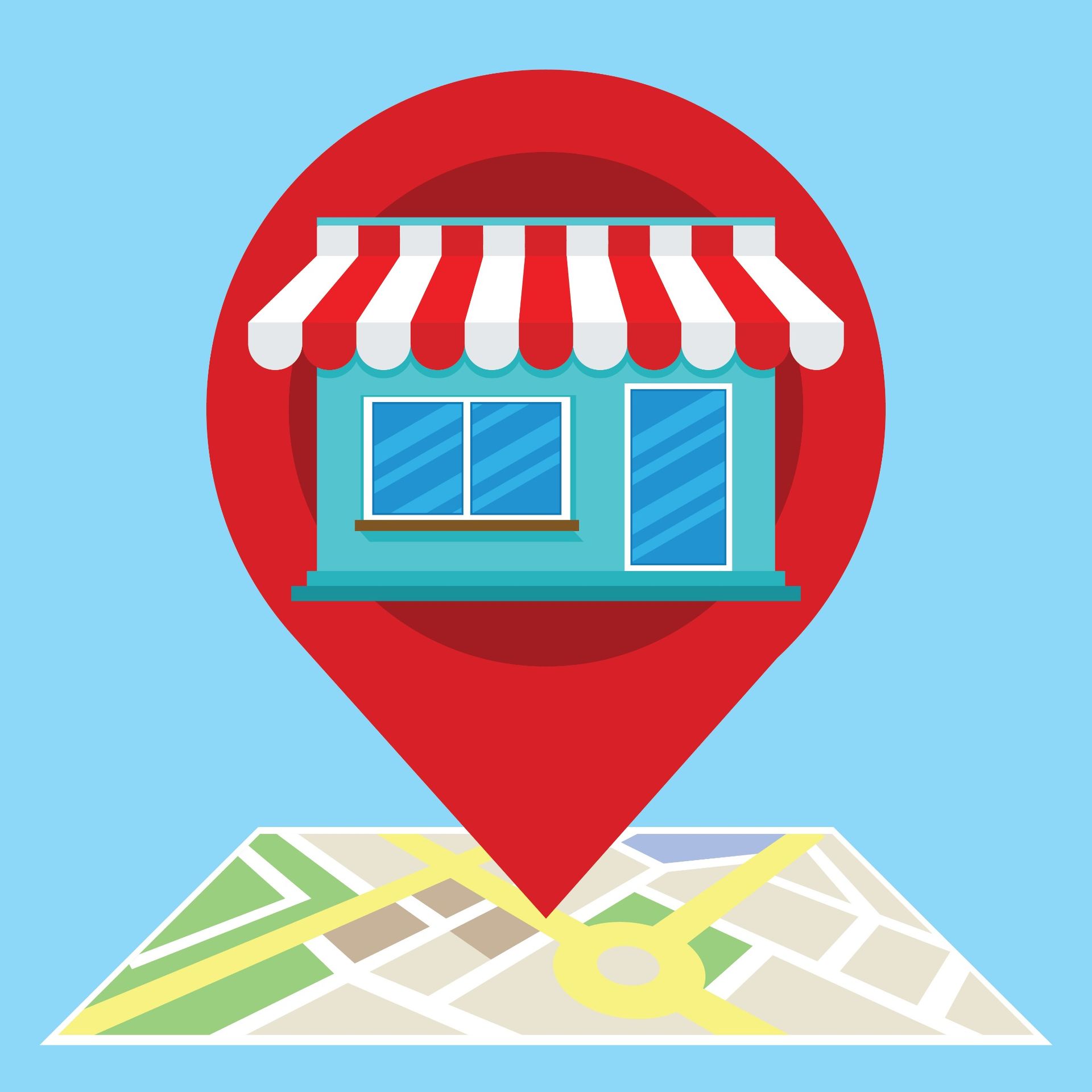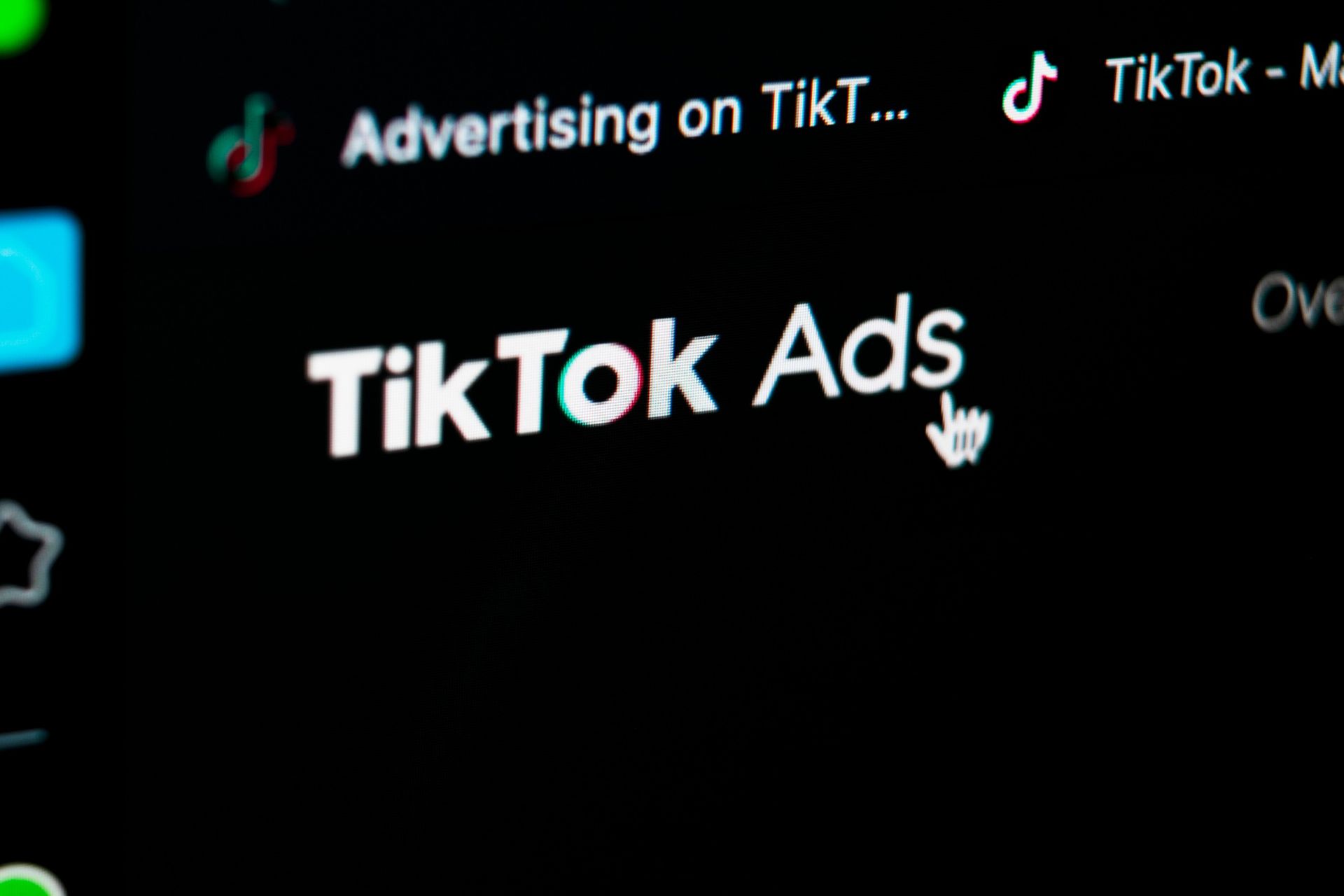The Complete Guide to Social Media for Businesses
Social media isn’t just for selfies and cat videos anymore. It's a powerful tool for businesses, especially small businesses, looking to grow their reach and engage with customers.
In this comprehensive guide, we'll explore how you can leverage social media to elevate your business by choosing the right platforms, crafting engaging content, and measuring your success.
Why Social Media Matters for Small Businesses
In today’s digital age, having a social media presence is no longer optional. It's an essential part of any business strategy.
For small businesses, social media offers an affordable way to market products, engage with customers, and build a brand.
Social media provides a platform for businesses to reach a wider audience. With billions of users worldwide, it’s a space where small businesses can compete with larger companies.
It also offers the opportunity to directly interact with customers, providing personalized customer service and fostering a sense of community.
Additionally, social media is a great equalizer. It allows small businesses to utilize the same tools and platforms as major corporations, leveling the playing field.
The key lies in knowing how to effectively use these tools, which is what this guide aims to teach you.
Choosing the Right Platform
Understanding Popular Platforms
The first step in leveraging social media is choosing the right platforms. Different social media platforms cater to different audiences and business types, so it's essential to understand where your target customers spend their time.
Facebook is the largest social media platform with over 2.8 billion users. It's versatile, allowing businesses to share a variety of content formats like photos, videos, and articles. It's ideal for businesses looking to reach a broad audience.
Instagram is perfect for visually-driven businesses. If your business involves fashion, food, or lifestyle products, Instagram’s focus on images and short videos makes it an excellent choice. The platform’s Stories and Reels features are particularly popular among younger users.
LinkedIn is the go-to platform for B2B businesses. It's a professional network, making it suitable for businesses offering services or targeting other businesses. LinkedIn is also great for sharing industry insights and establishing thought leadership.
Matching Platforms to Business Needs
Once you understand the different platforms, consider your business needs. For example, if you're a small bakery, Instagram and Facebook would be ideal for showcasing your products through photos and engaging with your local community. Conversely, if you run a consultancy firm, LinkedIn would help you connect with potential clients and share your expertise.
Choosing the right platform ensures that your efforts are focused and effective, helping you reach your target audience more efficiently.
Setting Up Your Profiles
Creating a professional and engaging social media profile is essential. Here’s how to set up your profiles the right way:
1. Profile Picture and Cover Photo:
- Choose a high-quality profile picture that represents your brand. This could be your logo or a professional photo.
- Your cover photo should be visually appealing and relevant to your business. Consider using a branded image or a picture of your products.
2. Bio and Description:
- Write a concise and compelling bio. This is your chance to make a great first impression.
- Include essential information such as your business name, what you offer, and a call to action. Don’t forget to integrate keywords like "social media marketing," "small business growth," and "customer engagement" to improve SEO.
3. Website and Contact Information:
- Ensure your website link is prominently displayed.
- Provide contact information like an email address or phone number, making it easy for customers to reach you.
4. Consistent Branding:
- Use brand colors and fonts across all your profiles. This creates a uniform appearance and strengthens your brand identity.
Tips for Optimizing Profiles:
- Update your profiles regularly with new information or seasonal themes.
- Use hashtags and keywords relevant to your industry to improve searchability and attract followers interested in your niche.
Creating Your Content Strategy
A robust content strategy is the backbone of successful social media marketing. By planning ahead, you can ensure that your posts are consistent, engaging, and aligned with your business goals. Here’s how to develop a content strategy that works for your small business:
Identify Your Goals
Establish clear goals for what you want to achieve with your social media presence. Common goals include:
- Increasing brand awareness
- Driving website traffic
- Boosting sales
- Improving customer engagement
- Building a community
Understand Your Audience
Knowing your audience is critical. Conduct market research to understand their demographics, preferences, and behaviours. Create buyer personas to guide your content creation process.
Pro Tip: Use analytics tools to track what's resonating with your audience and adjust your strategy accordingly.
Plan Your Content Types
Diversifying your content keeps your audience engaged. Consider including the following types of posts:
- Educational posts: Share tips, how-tos, and industry insights.
- Promotional posts: Highlight your products, services, and special offers.
- Engagement posts: Encourage interaction through polls, questions, and user-generated content.
- Visual content: Use images, videos, infographics, and gifs to grab attention.
Create a Content Calendar
Develop a content calendar to organize and schedule your posts. Plan out your content at least a month in advance to ensure a steady flow of high-quality posts.
Benefits of a Content Calendar:
- Keeps your content consistent
- Ensures a balanced mix of content types
- Helps you capitalize on key dates and events
Engagement Strategies
Engaging with your audience on social media is crucial for building a loyal customer base and enhancing your brand's visibility. Here are some effective strategies to foster engagement:
Respond to Comments and Messages
- Timely Responses: Answering comments and direct messages promptly shows that you value your audience’s input and inquiries.
- Personalization: Address people by their names and provide thoughtful, individualized responses to create a deeper connection.
Use Interactive Content
Interactive content can significantly boost engagement rates. Consider incorporating the following into your content strategy:
- Polls and Questions: Use polls and open-ended questions to spark conversations and gather feedback.
- Contests and Giveaways: Host contests and giveaways to incentivize participation and attract new followers.
Leverage User-Generated Content
Encourage your followers to create content related to your brand. User-generated content not only builds community but also provides authentic testimonials.
- Share User Content: Repost content that your customers have created featuring your products.
- Create Hashtags: Develop a unique hashtag for your brand. This makes it easier for users to share and find content related to your business.
Collaboration with Influencers
Partnering with influencers can expand your reach to their dedicated followers. Choose influencers whose audience aligns with your target market.
- Authentic Partnerships: Collaborate with influencers who genuinely appreciate your products to ensure genuine endorsements.
- Co-Create Content: Work with influencers to create content that resonates with both your audiences.
Ready to take your social media strategy to the next level?
Social media is a powerful tool for small businesses looking to grow their reach and engage with customers. By choosing the right platforms, creating compelling content, and actively engaging with your audience, you can build a strong social media presence that drives business success.
Start implementing these strategies today and watch your business thrive in the digital world.











